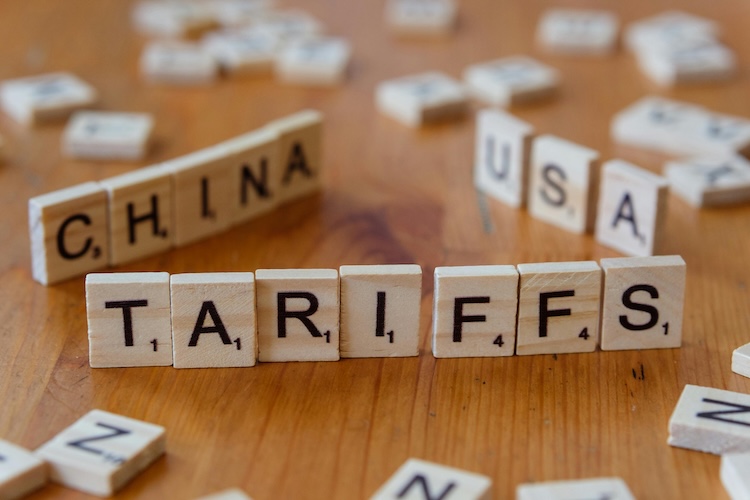
In the first part of this series—available here—I provided a background on the changes and underlying motivations of President Trumps actions regarding sanctions and export controls during his first 100 days in office. This second part will provide further information to help compliance professionals prepare to navigate the remaining length of his Administration.
Stay Informed
With the ever-changing trade compliance landscape, make sure you’re staying abreast of all the latest updates. The Trump Administration hit the ground running in this area and made a number of notable changes in these 100 days. While I would expect the sheer volume of updates to slow in the coming weeks and months, I still caution companies about being prepared for something unexpected. Depending on how these various international trade negotiations go, we could see anything happen. Consider subscribing to the various list services provided by the different regulatory bodies involved here.
Map Existing Third-Party Relationships
This is something I’ve been pushing my clients on for years now, since there are so many risk areas relating to third parties. This includes vendors, agents, distributors, wholesalers, suppliers, and even customers. If you and your company have been putting this off, now is the time to make sure you get a handle on all of the third parties your organization engages with. This is especially important for companies with many disparate subsidiaries where compliance may not completely roll up into the main organization.
In doing so, it would be best to centralize the data to be able to quickly sort through it. Then, if, for example, President Trump issues a slew of new sanctions against Colombia in the middle of the night? No problem, let’s pull up a list of all third parties that are connected to Colombia and we can evaluate potential risks.

Due Diligence – Active Monitoring
With all of the changes in trade compliance, now is also a great time to revisit existing due diligence protocols and procedures. Make sure you are screening all necessary parties against all relevant restricted lists. Reevaluate your existing tools to ensure they have the capability to quickly adjust as needed and are also implementing the necessary changes themselves. Furthermore, even non-U.S. companies will need to dedicate a deeper focus on this area, as secondary sanctions and secondary tariffs will continue to grow. I expect this Administration to be especially aggressive in their applications.
Finally, look for ways to implement more automation into the process to alleviate the burdens on your staff. In this vein, adding continuous monitoring capabilities to your due diligence tools can be extremely beneficial. Typically, absent some wind down period or other authorization, once an entity is added to the SDN List all subsequent transactions are prohibited immediately. Companies cannot wait weeks, months, or even longer before identifying these prohibited parties.
Dynamic Risk Assessments
While all of these changes may seem overwhelming at first, keep in mind that regulators expect companies to take a risk-based approach. This means different things for each company, so ensure that you are integrating sanctions, export controls, and tariffs into your risk assessments, or updating existing assessments in order to take account for these risks. Then, use these risk assessments to guide your limited resources in order to ensure the company is focusing on the issues that matter the most. For example, with the renewed focus on entities purchasing Iranian oil, expect to see some significant sanctions activity targeting oil and gas firms in China, Russia, and potentially even India and others.
Assign Responsibility For Tariff Compliance
Tariffs are here to stay for the foreseeable future. As such, ensure that there is a department or individual responsible for compliance. There is no universal answer as to who should handle it, but companies need to make a designation and ensure that party has the resources and support it needs. I believe we will see the compliance department begin to handle this area more in the coming days—as if you didn’t already have enough on your plate!
